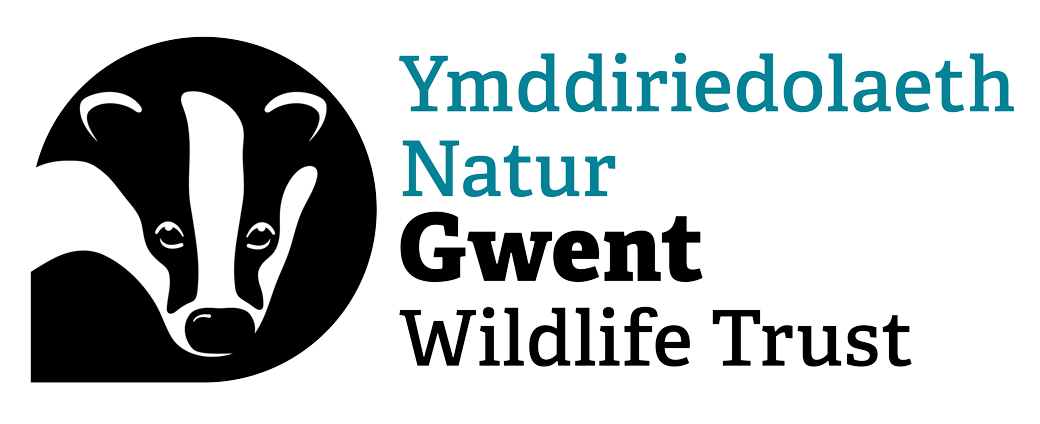Search
Chwilio
Abergavenny Three Peaks Challenge
My mission
Megan is fascinated by the wide variety of British wildlife, particularly discovering what lives in the garden. She loves putting out the moth trap overnight and finding the moths in the morning.…
No Mega Solar Power Stations on SSSIs
Whilst we support renewable energy, we believe it must be the right development in the right place. SSSIs, including this one at Magor, should not be developed as we cannot destroy the environment to save the environment.
There are tens of thousands of acres of land throughout Wales which are much more suited to solar farms than SSSIs.
Digital Nature Reserves
Many people cannot access all or part of our reserves, for a variety of reasons, the Digital Nature Reserves experience offers a whole new way to explore them and allows you to learn about wildlife, conservation and our reserves on your device.
My playground
Sam is a regular at Teifi Marshes Nature Reserve, where he loves to crawl and walk in the grass and you never know who you might meet. The world is one big playground full of exciting sights,…
Natterjack toad
The rare natterjack toad is found at just a few coastal locations, where it prefers shallow pools on sand dunes, heaths and marshes.
Skullcap
The delicate, tube-like, violet-blue flowers of Skullcap bloom from June to September in damp places, such as marshes, fens, riverbanks and pond margins.
My classroom
For Issy, wildlife is all about learning. It’s her enormous outdoor classroom.
Purple-loosestrife
A tall plant, purple-loosestrife can form dense stands of bright purple flower spikes in wet habitats like reedbeds, fens and marshes.
Greenshank
The greenshank breeds on the boggy moors and ancient peatlands of Scotland. But it can be spotted elsewhere in the UK as it passes through on migration - look around lakes, marshes and the coast…
Hard rush
The stiff, spiky and upright leaves and brown flowers of hard rush are a familiar sight of wetlands, riversides, dune slacks and marshes across England and Wales.
